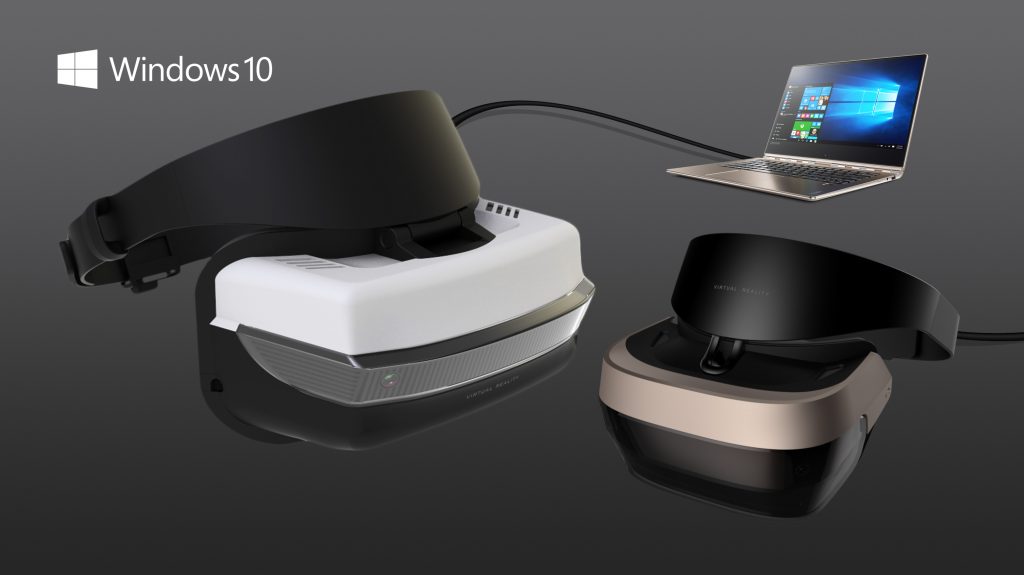Microsoft's upcoming Creators Update for Windows 10 will, among other things, add native support for virtual and augmented reality headsets. The update is still several months out although details are starting to trickle in.
According to The Verge, the latest test builds of Windows 10 include a Windows Holographic First Run app intended to gauge a machine's compatibility and readiness as it relates to virtual reality. Having run the app on a variety of machines, it appears as though the minimum requirements are as follows:
- A processor with at least four cores (including dual-core chips with four threads)
- At least 4GB of system RAM
- A graphics card compatible with DirectX 12
- An undisclosed amount of free disk space
- USB 3.0 support
While the requirements are a touch vague at this point, it would appear as though Microsoft's platform is a bit less demanding than the proprietary software used by the Oculus Rift and HTC Vive, respectively. Then again, it's also not clear as to the level complexity of apps and games that these minimum specs encompass.
At its Surface Studio event in New York City last month, Microsoft said it was partnering with a number of tech firms including Asus, Dell, HP, Acer and Lenovo on the development of virtual reality headsets that utilize six-degree-of-freedom head tracking.
More information regarding that collaboration - and perhaps a comprehensive list of minimum and recommended Windows Holographic specs - is expected sometime in December.
